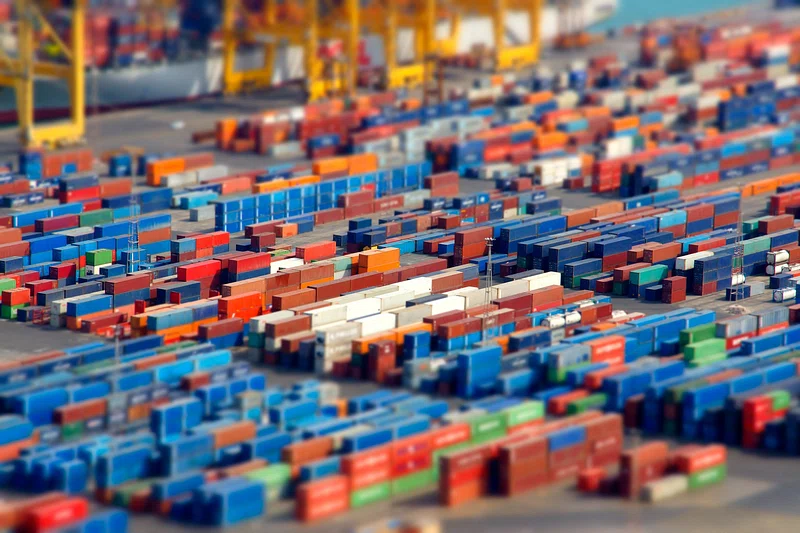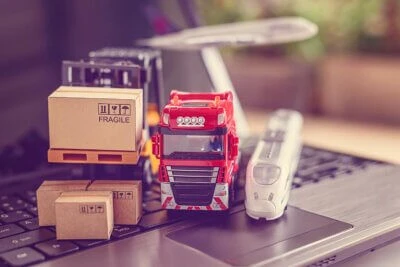The way we handle packaging is very important in protecting the environment in a world where sustainability is becoming more and more important. This discussion centers on practical tactics for enhancing reverse packaging logistics, an insightful method for effectively repurposing spent materials back into the manufacturing process.
Let’s look at some easy tactics that businesses might use to streamline this procedure. Each tactic—from active consumer involvement to sustainable design—is laid out clearly and demonstrates how we may improve the efficiency of packaging recycling.
Read also: How to Protect Supply Chain from Cyber Attacks
Understanding Reverse Packaging Logistics
Reverse packaging logistics is a crucial part of environmentally conscious waste management since it maximizes the life cycle of packaging materials while reducing its negative effects on the environment.
It is made up of a number of techniques and approaches that attempt to reverse the usual flow of packaging materials, either returning them to their proper place or reintegrating them into the production cycle. Reverse Packaging Logistics, in contrast to the conventional disposal method, emphasizes creative methods of material collection, sorting, recycling, and reuse, encouraging more effective and environmentally friendly handling of these materials during their life cycle.
By using this approach, companies actively contribute to the development of a circular economy model, where resources are valued and prudently reused, in addition to meeting their environmental commitments.
Efficient Strategies for Implementing Reverse Packaging Logistics
The pursuit of sustainable practices has made Reverse Packaging Logistics a key component of business operations. In this regard, an extensive plan is necessary for the effective implementation of this system, taking into account everything from product and packaging design to the reintegration of recycled materials into the manufacturing process. The following are some key tactics that will direct the successful application of reverse packaging logistics:
Sustainable Design
Using sustainable design is the first step toward enhancing packaging reverse logistics. This entails encouraging circularity, reducing waste, and designing packaging that is readily recyclable, reusable, or biodegradable.
Proper Collection and Sorting
To explicitly handle the complexity of packing, it is important to establish effective methods for collection and sorting. Process optimization ensures that various packing materials are appropriately divided, optimizing the amount of material that may be recycled.
Strategic Partnerships
Packaging Reverse Logistics is strengthened via cooperation with partners in the supply chain, such as distributors, manufacturers, and logistics service providers. Strategic alliances encourage more effective procedures and broaden the scope of collecting.
Technology and Traceability
Throughout the reverse supply chain, visibility and control are made possible by implementing cutting-edge technology like the MTR. This maximizes productivity and makes it possible for data analysis to continuously enhance procedures.
Consumer Education and Engagement
Reverse Packaging Logistics cannot succeed unless consumers are aware of this. Participation from consumers is encouraged through educational initiatives, engagement campaigns, and clear information regarding responsible product returns.
Benefits of Reverse Logistics Implementation
The effective implementation of reverse packaging logistics offers a number of visible advantages and benefits that have a positive impact on the environment, operational effectiveness, and company reputation in addition to meeting the increasing demands for sustainable business practices. We’ve outlined some of the key advantages of using reverse logistics below.
Cost Reduction
There are several ways to cut operating expenses with reverse packaging logistics. Organizations reduce their dependence on virgin raw materials by reintegrating recyclable materials into the manufacturing process. This helps to manage resources more effectively, which lowers costs.
Sustainability and Corporate Responsibility
Businesses show their dedication to sustainability and corporate responsibility by using Reverse Packaging Logistics. This approach not only minimizes the ecological footprint and helps to preserve the environment, but it also enhances the company’s reputation as a proactive advocate for ethical environmental behavior. Customers and stakeholders are beginning to place a higher value on this corporate duty.
Innovation and Differentiation in the Market
Reverse Logistics not only meets expanding regulatory and social needs but also becomes a source of innovation and uniqueness in the market. Businesses that successfully implement and promote their reverse logistics techniques distinguish themselves as cutting-edge pioneers and draw in customers who prioritize sustainability while making decisions. In a market where consumers are becoming more mindful, this differentiation not only fosters customer loyalty but also creates new business opportunities.
Conclusion
In addition to enhancing reverse packaging logistics, putting all of the above strategies into practice greatly promotes the development of a more effective and sustainable supply chain. By embracing these practices, organizations not only meet present expectations but also define a more sustainable and inventive future for the sector.
Not only is reverse packaging logistics a tactical need, but it also presents a chance to help lead the shift to more ethical and sustainable business operations.
By making your packaging ecologically friendly, you not only adhere to the law but also make a lasting impression on the sustainability of your industry. Contact us right now to start the journey toward a day when sustainability is not only a practice but also a key component of corporate strategy.




